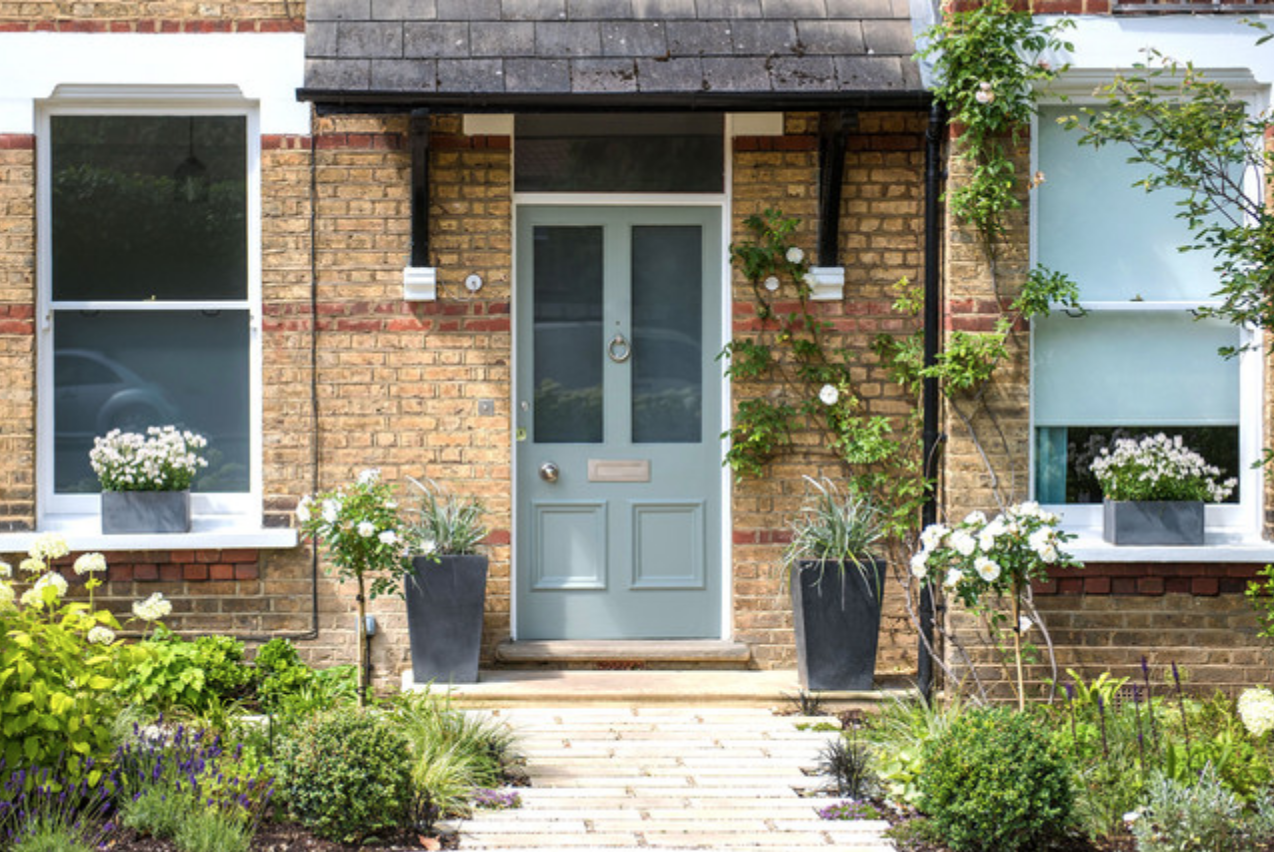Adding Value to Your Home
By Max Birkin for House of Henley
For the vast majority of homeowners, their house is their biggest financial asset and often represents a part of their retirement or pension plans, too. That means the question of how to add value is often at the forefront of many homeowners’ minds. There are a few key things that are known to add value – most of us are aware of how a shiny new kitchen or immaculate bathroom might bump up the price – but there are also some simpler tricks. Perhaps the first thing to consider is whether you are looking to increase value before selling imminently, or just to bolster your financial position. If the former, then do invite an estate agent or three around to give you a realistic expectation of value, and don’t be afraid to ask them what they think your home needs for it to sell for more. Otherwise, look at sold prices on your street and compare the condition, square footage and situation of that house to yours. This will give you an idea of how much value you could add (and potentially indicate a price ceiling in the area), as well as what might need to be done to reach that valuation. The silver bullet, as it were, would be an extra bedroom or converted loft or well-considered kitchen extension, but these options require significant investment and throw up a myriad of questions. It’s a topic that deserves some serious attention, so next week’s blog will aim to cover that. For now, think small, don’t overspend, and pray that the housing market isn’t the next victim of Covid-19.
Kitchens and bathrooms
Picture Credit: Turner Pocock
The biggest value adders, statistically, are new bathrooms and kitchens. The estimates of the amount this could add to your property value vary wildly between 5-15%. Clearly, the upper end of this is rather exciting, but try not to get your hopes up – that sort of value increase is likely to involve either a big extension and a top-of-the-range kitchen, or a wreck of a home that has undergone a full-scale renovation. It pays to look at the substantiated figures from experts in this instance – the Royal Institute of Chartered Surveyors (RICS) suggests a new kitchen adds just 4% to the value of a home. However, that is not to be sniffed at (it would bring the average house price up from £238,000 to £247,520). If you feel that a new kitchen is something that would add value to your home, the most important thing to remember is that you must spend proportionally. If you have a large family house in an expensive postcode, then it would make sense to be spending significant sums on a kitchen as you are likely to get that back when you sell. If your home is smaller, then you should be more cautious. Clearly, try and spend less than 4% of the value of your home on a new kitchen or bathroom – otherwise you are only adding value for the next occupants and you will not profit. With that in mind, consider cheating slightly and replacing cabinet doors, worktops or taps instead of ripping out an entire existing kitchen. However, you must rein in any predilection for loud colours or avocado suites; you don’t need RICS to tell you that primary-coloured porcelain is a reason to knock thousands off an asking price.
Kerb appeal
Picture credit: Kate Eyre Garden Design
First impressions count. If Dr Who put the Tardis on the market, there would be a fair number of buyers who wouldn’t get further than the front door before dismissing it as too small. Your house may be absolutely stunning on the inside, but if the exterior is letting the side down then you are missing an opportunity to add value. This is very easily (and relatively inexpensively) solved. If you have a front garden, clear it up, mow the lawn and either encourage your dying plants to hold on a little longer or replace them with high-impact shrubs like lavender or hydrangeas. Tidy up your drive, too, and make sure the number of cars that can be parked on it is very clear to prospective buyers. Choose a smart front door in a hardwood that makes a good noise when it opens and closes (the sound of expense and security is very positive) and make sure you have some sort of porch or covering. Repaint your window frames, remove aggressive signs about not selling to passing trade or warning of rabid dogs and display your house name or number clearly and attractively. Lighting is good too, but this is also potentially a superfluous spend unless you are opening up the house for viewings in the evenings or winter afternoons. Go easy on the uplighters and steer clear of fairy lights, though – you don’t want the house to look like a Debenhams in December.
Cheaper solutions – painting, new carpets
Picture Credit: Birdie Hall / House & Garden
This was touched on earlier with mention of kitchen renovation ‘hacks’, but it is important to highlight the small, cheaper things that can help you to achieve an increase in value. First, check your décor. Paint the walls in a neutral grey or cream and lay good-quality but inoffensive flooring or cream carpets. It is a little dull, sure, but if you’re looking to add value then it does not pay to play around with Maximalism. Other small things that add (a little) value to a home are good storage, a generous number of plug sockets in sensible places and good interior doors and hardwear. A word of warning: you’ll find that undertaking most of the fixes mentioned here and previously is often less about increasing value, and more about selling your home quicker. For those of you who simply want to raise the value of your home for the larks (or for the peculiar thrill of having your house earn you more in a year than your job), look to the kitchens and bathrooms for a value increase both financially and in comfort whilst you remain in the home. For those wishing to sell, focus on carpets and neutral decorating. Chances are the future occupants won’t be a fan of your brand-new kitchen anyway, and today the vast majority of buyers are quite happy to do some low-level construction work like removing a tired and redundant bidet. It is a false economy to spend £15,000 on a kitchen only to push the value of your home up by the same amount - especially if you’re planning to sell within the following year. Instead, save yourself some stress and bake some fresh bread during the viewings.
Follow House of Henley on Instagram by clicking here.
Subscribe to receive House of Henley blog posts straight to your inbox.
Check out House of Henley’s Official Amazon Page - Please note, these products are affiliate links and we may receive commission from qualifying purchases.



